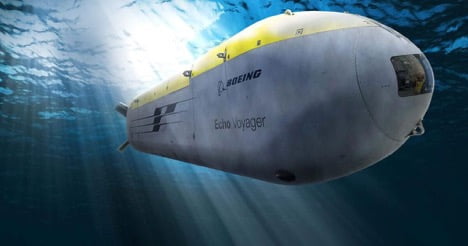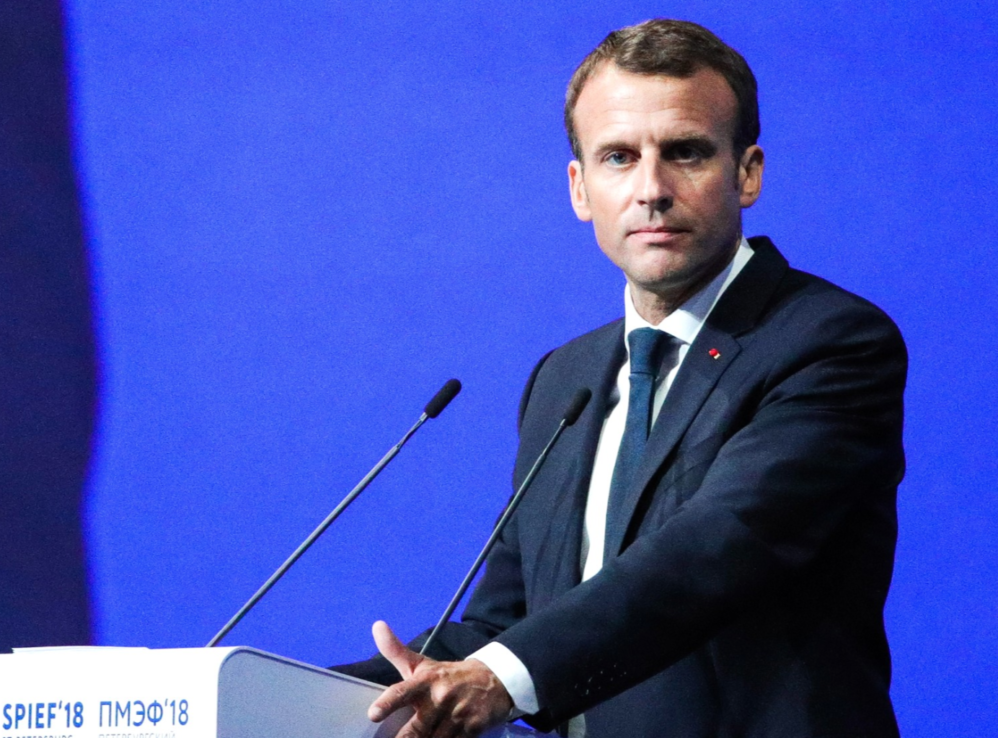By Rajeswari Pillai Rajagopalan
The Indian and U.S. militaries are engaged in their maiden joint tri-services humanitarian assistance and disaster relief (HADR) exercise, which they are calling “Tiger Triumph,” in Visakhapatnam and Kakinada in the southern Indian state of Andhra Pradesh. This represents an improvement over the type of joint military exercises that the two countries have held to date, and is an indication that defense relations between the two sides are steadily deepening.
The U.S. and Indian militaries have been engaged in a number of different military exercises since the early 1990s, including Yudh Abhyas and Vajra Prahar (army), Malabar and RIMPAC (multilateral, navy) and Red Flag (air force). This followed the big boost to U.S.-India defense relations with the Kicklighter proposals in 1991, which included service-to-service exchanges between India and the United States.
The first India-U.S. military exercise codenamed “Teak Iroquois” took place between the two armies in February 1992; the first naval exercise named Malabar-I in May 1992. In addition to generating interoperability, these exercises have been great familiarization opportunities for the two militaries to understand each other’s strategic and security perspectives. With each iteration, these exercises have grown in terms of the number of personnel and platforms involved, and the exercises themselves have become much more complex and useful.





















/arc-anglerfish-arc2-prod-mco.s3.amazonaws.com/public/QU7Z27WHLJHPNJXNN4XXHBOP6E.jpg)

/arc-anglerfish-arc2-prod-mco.s3.amazonaws.com/public/QTKFMQST3BHXFC5BVKDUXGZJJI.jpg)
